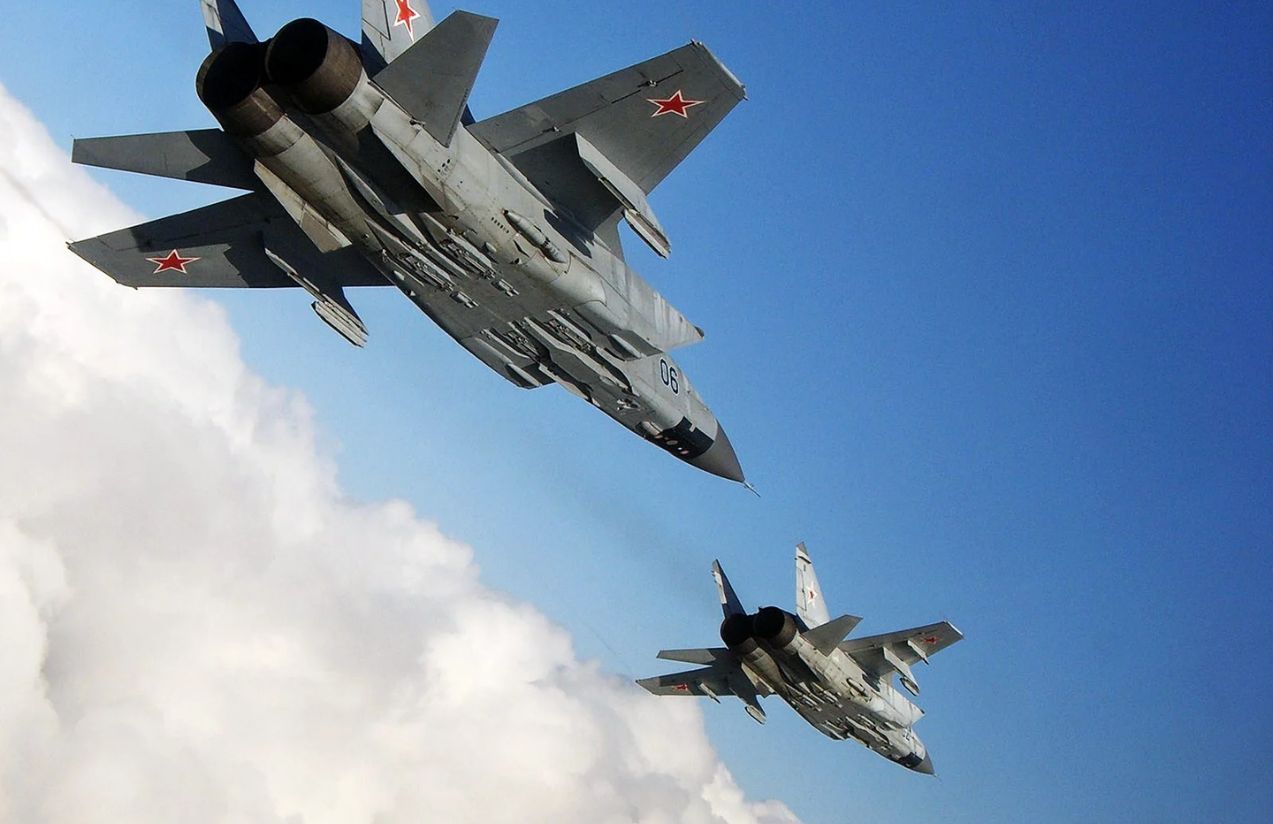On Friday, September 19, 2025, Estonia reported that three Russian MiG-31 fighter jets entered its airspace over the Gulf of Finland without authorization, remaining there for about 12 minutes. Estonia’s Ministry of Foreign Affairs described the incident as an unprecedented act of audacity.
The aircraft crossed into Estonia with no flight plan and their transponders switched off, a clear breach of international aviation standards. Foreign Minister Margus Tsahkna noted that this is the fourth time Russia has violated Estonian airspace this year, further escalating existing tensions.
From Brussels, the European Union’s top diplomat, Kaja Kallas, strongly condemned the action, calling it an “extremely dangerous provocation” that increases political and diplomatic pressure on Moscow. Estonia has summoned Russia’s chargé d’affaires in Tallinn to issue a formal protest.
Why does this incident trigger new international consultations and measures?
The answer is that this airspace violation not only undermines Estonia’s sovereignty but also highlights a more aggressive Russian tactic that challenges NATO and EU collective security mechanisms. In response, allied nations are demanding stronger diplomatic action, potential economic sanctions, and reinforced defensive measures to deter future intrusions.

